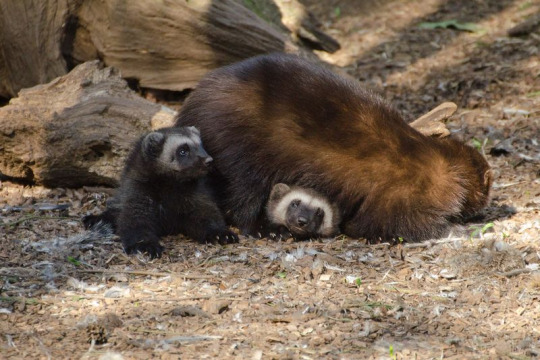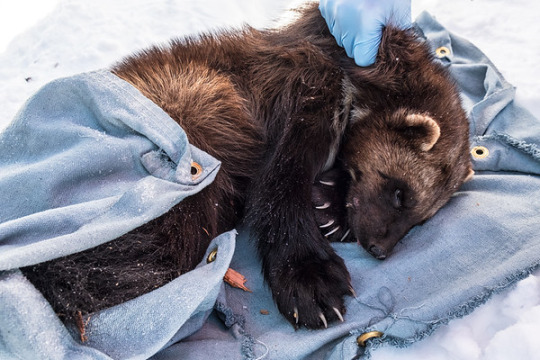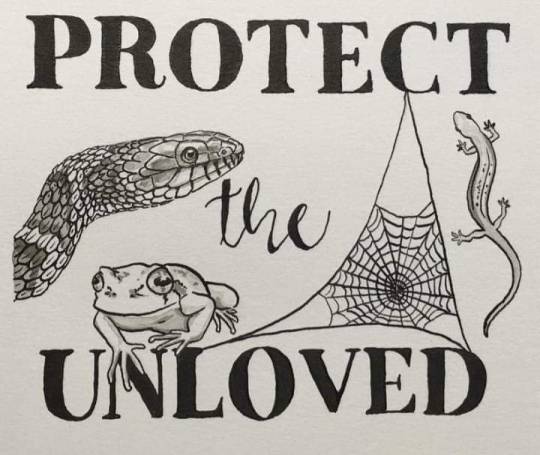place to put my wildlife photography and all my ramblings about rewilding, biology, and living sustainably
Don't wanna be here? Send us removal request.
Text


#common frog#rana temporaria#wildlife photography#aquatic wildlife#amphibians#amphiblr#pond#kat's photos#french wildlife
0 notes
Text

#starling#sturnus vulgaris#wildlife photography#uk wildlife#urban wildlife#kat's photos#birdwatching#birdblr
0 notes
Text

1 note
·
View note
Text


#crows#corvid#wildlife photography#urban wildlife#kat's photos#scavenger#dead animal tw#but like you can barely see it#uk wildlife#carrion crow#corvus corone#birdblr
1 note
·
View note
Link
In an accident of geography and history, Romania is home to one of the largest and most important old-growth forests left in the world. Its Carpathian mountain chain, which wraps like a seat belt across the country’s middle and upper shoulder, hosts at least half of Europe’s remaining old growth outside Scandinavia and around 70 percent of the continent’s virgin forest. It’s been referred to as the Amazon of Europe, a comparison apt and ominous in equal measure, because of the speed at which it, like the Amazon itself, is disappearing.
Most of Europe was rapidly deforested during the industrial era; less than 4 percent of EU forestland remains intact. Romania, far enough from the continent’s industrial centers and long a closed-off member of the Soviet bloc, remained a shining exception. During the country’s communist period, the government converted the forests to public ownership and kept them off global export markets, enshrining the forest management trends of an ancien regime. The result is that Romania retains some of the rare spruce, beech, and oak forests that qualify as old- or primary-growth, having never been excessively logged, altered by human activity, or artificially replanted.
But the fall of communism in 1989 dissolved one layer of protection for those forests, and the subsequent wave of privatization inaugurated widespread corruption. In 2007, Romania’s entry to the European Union created a massive, liberated market for the country’s cheap, abundant timber and the inexpensive labor required to extract it, conditions that encouraged Austrian timber companies and Swedish furniture firms to set up shop. Succeeding fractious, ineffectual regimes enacted further pro-market reforms and did little to curb corruption; in the final months of 2021, the country’s prime minister designate found himself unable to form a government at all. Add to that the astronomical growth of the fast furniture industry, which particularly relies on the spruce and beech that populate these forests, and the result has been a delirium of deforestation.
There’s one obvious, notable beneficiary of this situation: Ikea. The company is now the largest individual consumer of wood in the world, its appetite growing by two million trees a year. According to some estimates, it sources up to 10 percent of its wood from the relatively small country of Romania, and has long enjoyed relationships with mills and manufacturers in the region. In 2015, it began buying up forestland in bulk; within months it became, and remains, Romania’s largest private landowner.
[…] Without even accounting for possible violations based on method of extraction, more than half of the country’s timber is illegally harvested. Even legal logging, which on private and public land alike must be preceded by a forest management plan that is approved by the government, can be rife with corruption and abuse. Since roughly the date of Romania’s accession to the EU, between half and two-thirds of the country’s virgin forest has been lost.
623 notes
·
View notes
Note
do you have any other cursed biology facts about good animal dads?
sure, and the answer may surprise you: wolverines!
like many other carnivorans, wolverines are solitary predators that roam huge swaths of territory alone, with a single male’s territory overlapping several females that he fathers kits with on a yearly basis. (a male wolverine’s territory can be over 500 square miles, which is a lot of Dude Room.)

however, UNLIKE other solitary carnivorans, male wolverines don’t call it quits on their progeny once they tip their hats to the ladies and scram, so to speak. instead, a male wolverine will stop by the homestead of each of his mates in turn when he’s in the area, and will check in on the kits and even borrow them for a day or two of Dad Camping to make sure they’re getting enough to eat and to beef up their survival skills!

(and also sometimes he’ll just sit on them, I guess.)
and wolverine paternalism doesn’t end when the kits grow up, by any means- wolverine dads will also keep an eye on their young adult children and step in if they seem to be having trouble making ends meet, or if baby manages to get themselves trapped by a bunch of biologists in a tagging program.

(not pictured: angry wolverine father just inside the treeline, waiting for the unwary scientist to turn his back.)
so that’s something to keep in mind if you ever run across a baby wolverine and try to pick it up like a total dumbass: watch out, you’re about to have your limbs pulled off by not one, but TWO angry adult wolverines!

(and you deserve it.)
16K notes
·
View notes
Link
Excerpt from this story from Earth Island Journal:
Long ago, the European brown bear roamed Scotland. So did herds of elk. Wolves traversed the islands, walruses populated the rugged coasts, and sea eagles soared over the moorlands. Birch, hazel, pine, and oak trees regally crowned throughout Scotland’s landscape. Woodlands, in fact, covered much of the country.
Scotland lost its bears to hunters and habitat loss by the tenth century. It lost its elk a few centuries later. The country’s last known wolf was shot and killed in 1743. The last sea eagle eggs were taken by an English vicar in 1916 and the last adult sea eagle was shot and killed in 1918. Walruses rarely make appearances along the coast. By 1900, woodland covered only about 5 percent of Scotland’s land area. Scotland today is nothing like Scotland was several centuries ago.
Activists, though, have planted seeds — literally and figuratively — to change that. To return the country, as much as it can be, to the vibrant natural home that it once was: one full of foxes and fescues; beaver and bees; capercaillies and cloudberries. To return it to a place that supports the species still present in the landscape, and then slowly reintroduce lost species over time.
Enter the Scotland Rewilding Alliance (SRA). The SRA, formed in 2019, is a collaboration of over 20 like-minded organizations that share a mission to enable rewilding at a scale new to Scotland. To not only conserve what little natural habitat remains in Scotland, but to expand it. Member organizations, such as Trees for Life, Woodland Trust Scotland, Rewilding Britain, Cairngorms Connect, South Uplands Partnership, Open Seas, and others, are asking the government to make Scotland the world’s first “rewilding nation” before Scotland hosts the COP26 climate summit in Glasgow in November by committing to a nationwide rewilding effort.
42 notes
·
View notes
Text

Grey Partridge family in Northumberland
0 notes
Text
European Mink successfully hunting crayfish in Catalonia
Footage by @ukrewildingstudent
#european mink#wildlife photography#catalonia#european wildlife#spanish wildlife#wildlife videos#animals#cute animal
6 notes
·
View notes
Note
helloo, i'm trying to get into natural sciences and conservation but i have next to no knowledge, so i was wondering if you maybe had any book recs? i'm currently reading the hidden life of trees and loving it, gathering moss is probably my next one but i'm craving to delve deep (thanks!)
do i ever?!
alright, here goes:
soul of an octopus, sy montgomery
the wild places, robert macfarlane
the snow leopard project, alex dehgan
a primate’s memoir, robert m. sapolsky
wilding, isabella tree
the invention of nature, andrea wulf
my family & other animals, gerald durrell
h is for hawk, helen macdonald
thank you madagascar, alison jolly
wildwood, roger deakin
the vanishing: india's wildlife crisis, prerna singh bindra
letters to a young scientist, e.o. wilson
spying on whales, nick pyenson
dark ecology, timothy morton
rebirding, benedict macdonald
the deep, alex rogers
running away from elephants, rauf ali
silent spring, rachel carson
the genius of birds, jennifer ackerman
baboon metaphysics, dorothy cheney & robert m. seyfarth
upstream, mary oliver
the colors of nature, (ed.) alison hawthorne deming & lauret e. savoy
in the shadow of man, jane goodall
atmosphere of hope, tim flannery
the mushroom at the end of the world, anna tsing
two trees make a forest, jessica j. lee
lab girl, hope jahren
nature cure, richard mabey
braiding sweetgrass, robin wall kimmerer
a forest in the clouds, john fowler
pilgrim at tinker creek, annie dillard
feral, george monbiot
the living mountain, nan shepherd
the snow leopard, peter matthiessen
there’s a definite bias towards uk nature writing because, well. i’m british.
probably a disproportionate number of primate-centric books in there too but we’ll allow it.
hope this is useful!
2K notes
·
View notes
